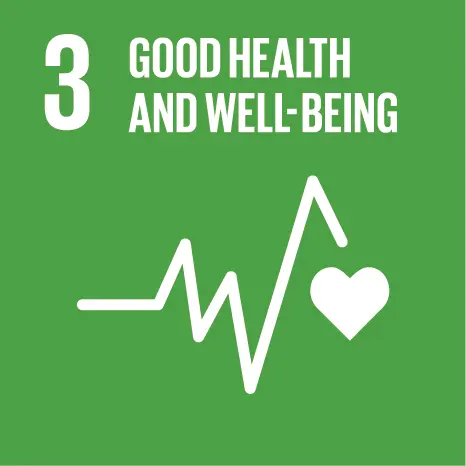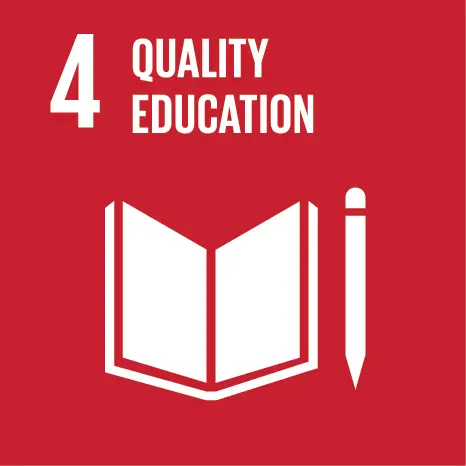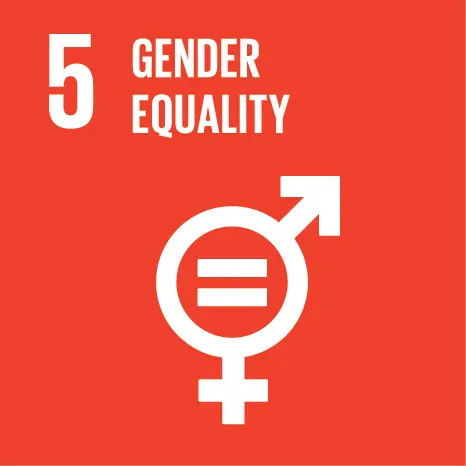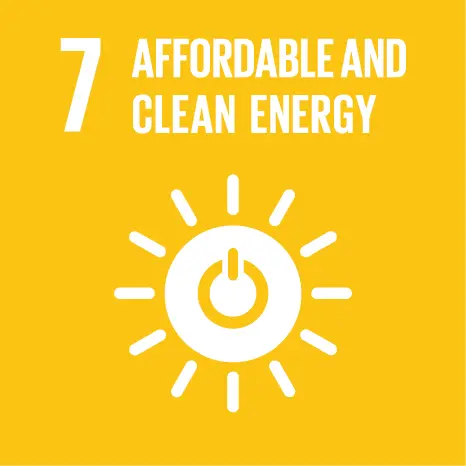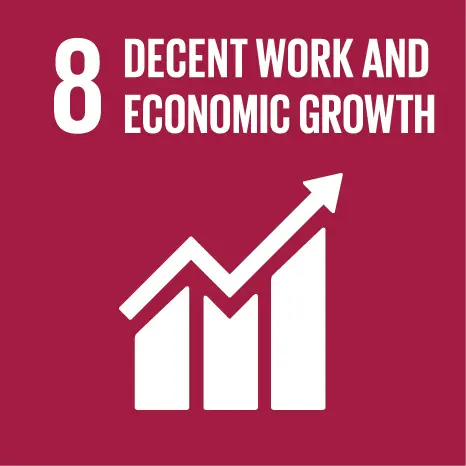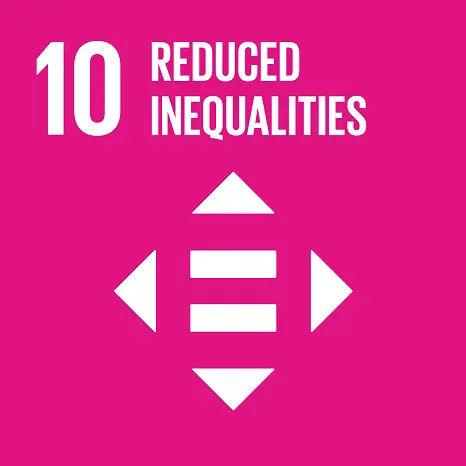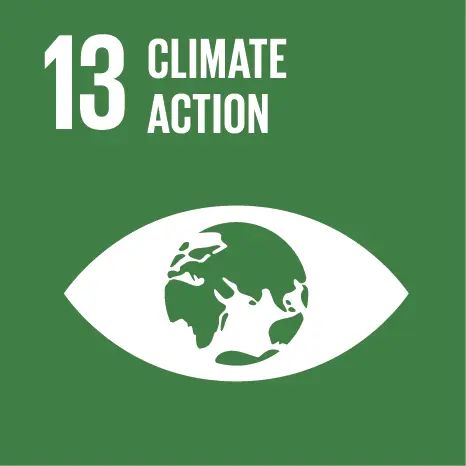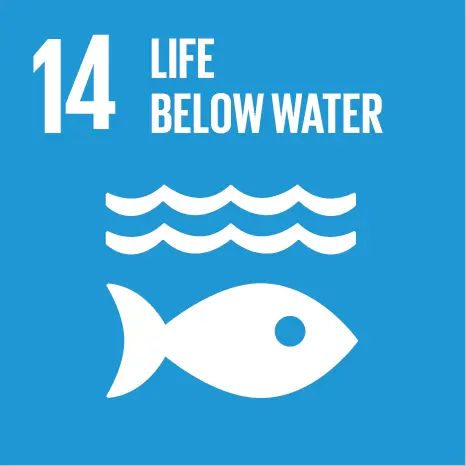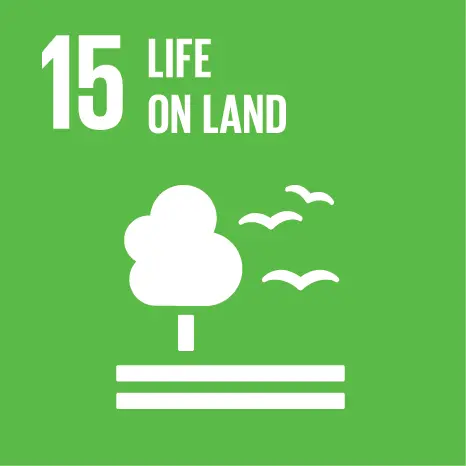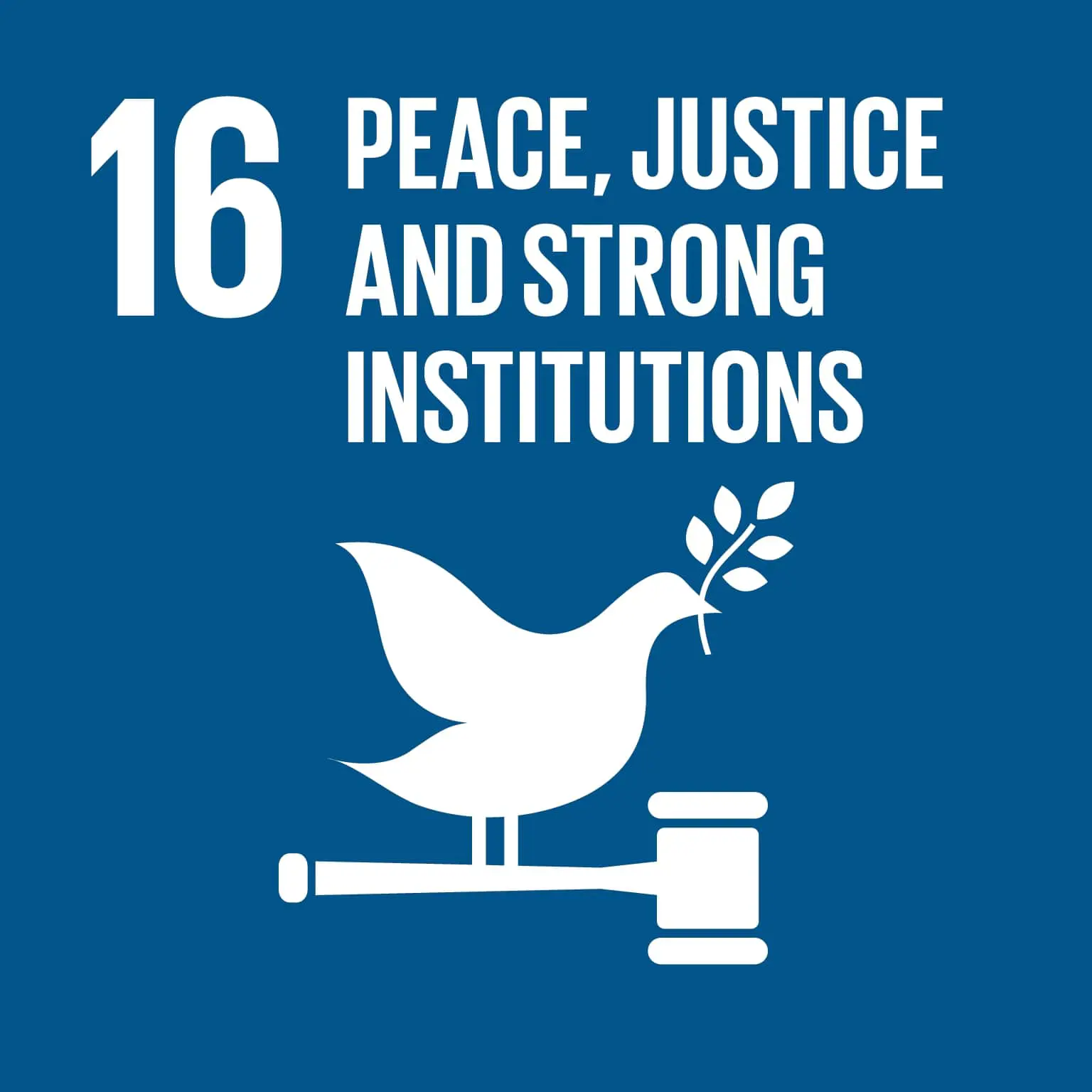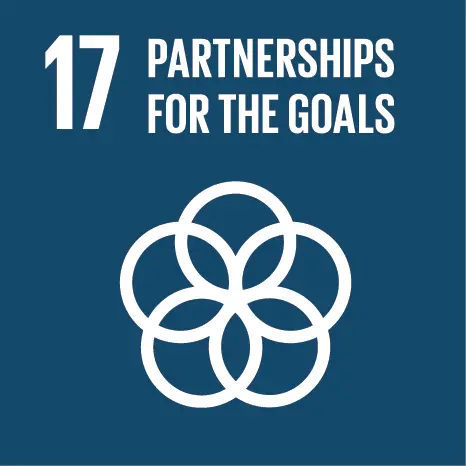
We are taking
climate action
Since December 16, 2024, we have purchased
11,900
tonnes of carbon credits
including 6,920 tonnes with CNaught
Spread the Word
That’s the same climate impact as:

196,694
new trees planted

2,650
cars off the road for a year

1,501
homes’ annual energy usage

31,448
flights from LA to New York
* calculations based on U.S. EPA and ICAO formulas
Our CNaught purchases
64.1%
Technology-based Reductions
Approach
We partner with CNaught to purchase a diversified portfolio of high-quality carbon credits that is designed to maximize impact, mitigate risk, and foster innovation. A portfolio approach to carbon credits is recommended by the World Economic Forum, and the CNaught portfolio embodies the science-based best practices laid out in Oxford’s Principles for Carbon Offsetting.
Select a category to learn more about it
Technology-based Reductions
This category covers a wide range of projects that aim to reduce and avoid emissions versus business as usual. Examples include: natural gas leak repairs, destruction of refrigerants that would otherwise be vented to the atmosphere, and capture of methane emitted from landfills.
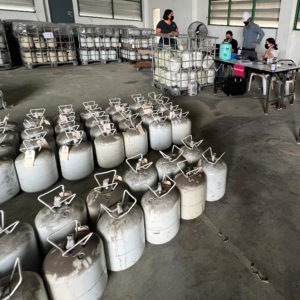
Tradewater Thailand 6
This project destroys CFC-12, a potent greenhouse gas and ozone-depleting substance that was illegally smuggled into Thailand and seized by customs officials but otherwise had no end-of-life solution.
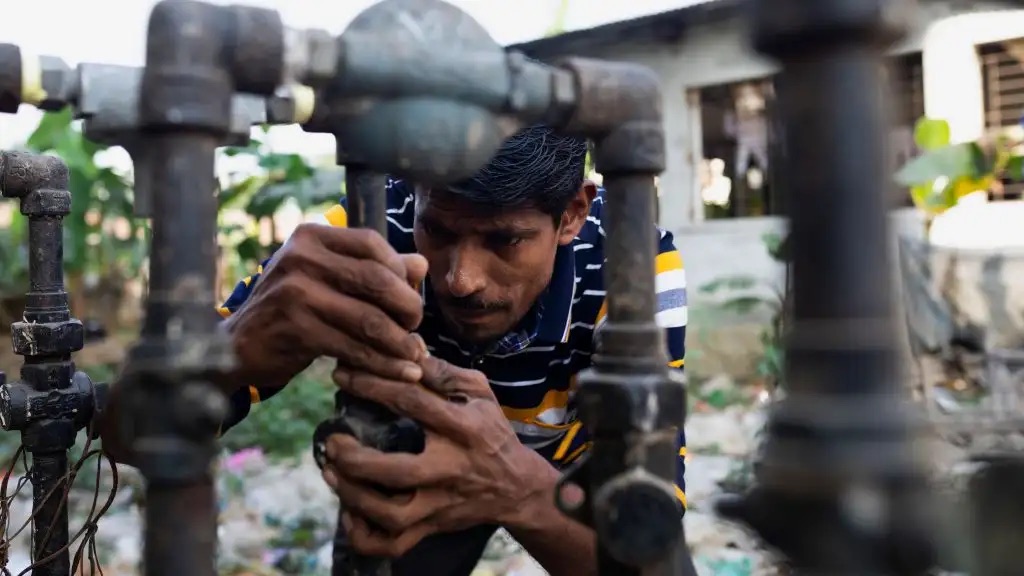
Titas Gas Leak Repair
This project reduces natural gas leaks from a gas distribution network in Bangladesh through the use of an advanced leak detection and repair program that would not be feasible without carbon credit revenue.
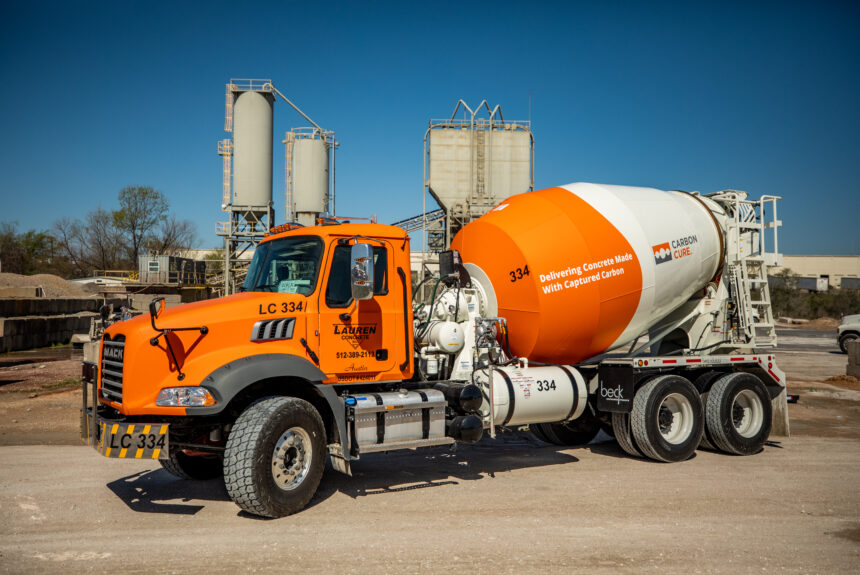
CarbonCure 1
This project captures waste CO2 and injects it into concrete during manufacturing, permanently mineralizing the CO2 while simultaneously reducing Portland cement usage. The dual approach both removes CO2 from the atmosphere through permanent sequestration and reduces emissions from cement production.
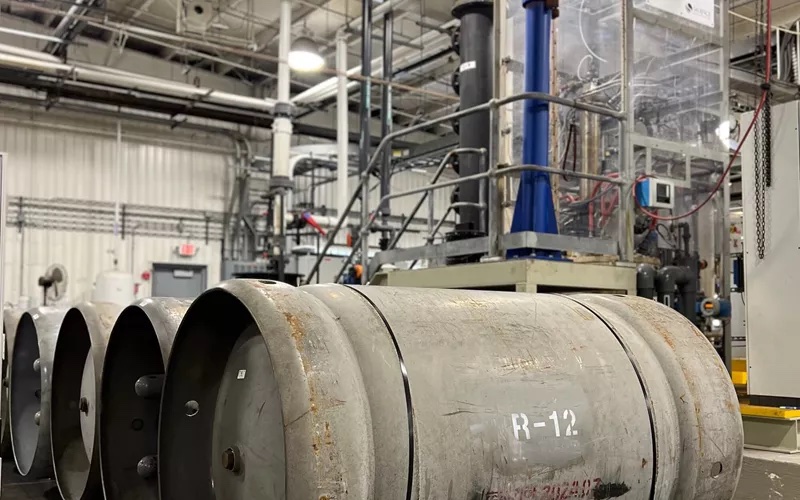
A-Gas South Korea 1
This project destroys CFCs obtained from sources across South Korea and transported to Bowling Green, Ohio for destruction, starting November 2022. The project has high additionality because ODS destruction is not required within Korea and is not financially attractive without carbon revenue.

Istanbul Landfill Gas to Electricity
This project collects landfill gas to generate more than 42MW of electricity at two landfills near Istanbul, Turkey, avoiding the emission of methane (a potent greenhouse gas) into the atmosphere and using the methane to generate power and displace dirtier power in the electric grid.
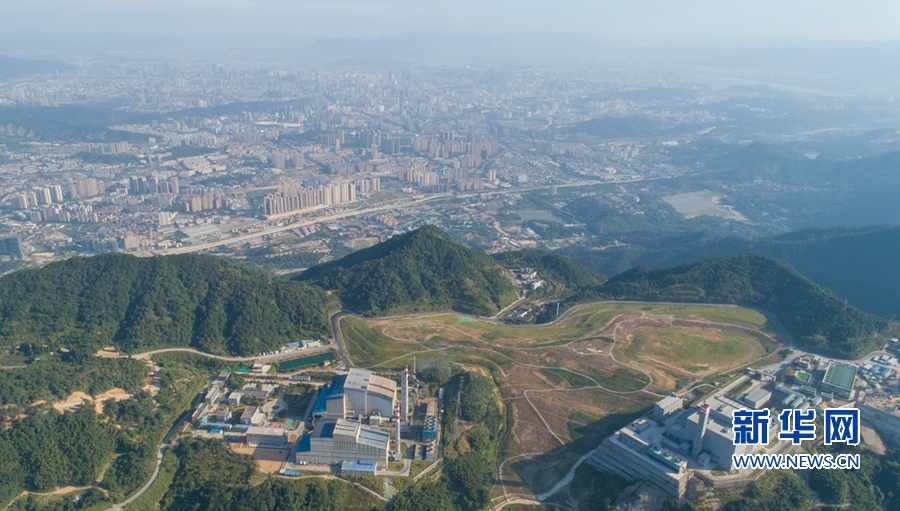
Fuzhou Hongmiaoling Landfill Gas to Electricity
This project collects landfill gas to generate 2.5MW of electricity at a landfill in southeastern China, avoiding the emission of methane (a potent greenhouse gas) into the atmosphere and using the methane to generate power and displace dirtier coal-fired power in the electric grid.
Nature-based Reductions
This category typically consists of nature-based projects that help retain an existing source of natural carbon storage that would otherwise be at risk — for example, rainforests that would be cut down for development or peat bogs that might be drained for agriculture.
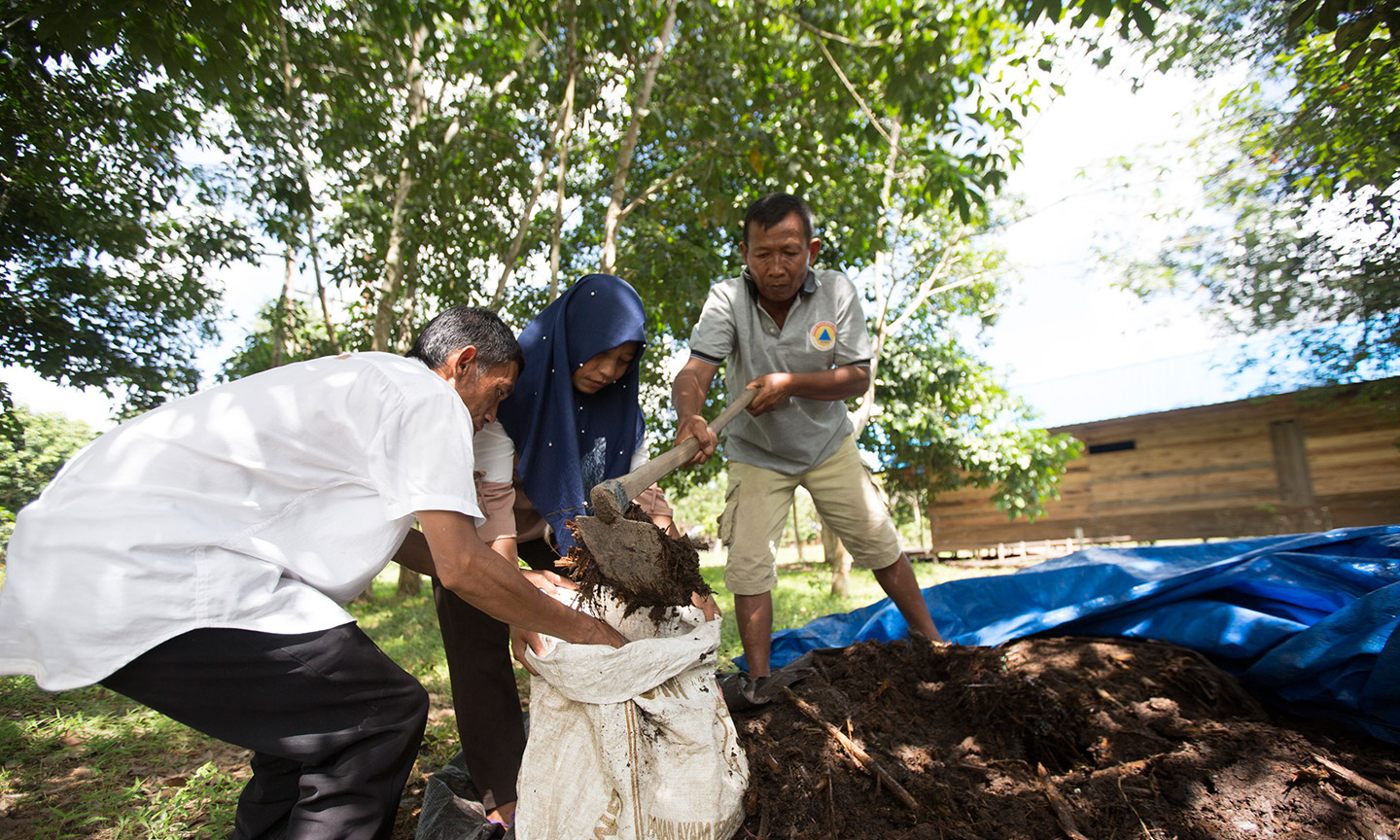
Katingan Mentaya
One of the highest-regarded avoided deforestation projects in the world, this project protects and restores 149,800 hectares of peatland ecosystems in Indonesia that would likely otherwise have been converted to palm and other plantations.
Nature-based Removals
This category typically consists of nature-based projects that remove existing carbon and store it in new plants, trees, or soil — for example, planting trees in an area that has previously been clear cut or restoring plant life to tidal wetlands.

Kuamut Rainforest Conservation
This project is protecting over 83,000 hectares of biodiverse tropical forests from intensive logging.

X-Hazil
An Improved Forest Management project that combines regeneration practices, reforestation efforts, and silvicultural treatments to enhance forest sustainability and ecosystem integrity, all monitored under FSC guidelines.
Our non-CNaught purchases
| Project Name | Vintages | Amount |
|---|---|---|
| Kamiranga Ceramic Fuel Switching Project, VCS 197 | 2019 | 850 tonnes |
| Cheakamus Community Forest Carbon Project, BCO 104000000026363 | 2019 | 830 tonnes |
| Tradewater OOG 2, ACR 915 | 2024 | 830 tonnes |
| Advanced Refrigeration CAN - ARS 001C, ACR 527 | 2016 | 825 tonnes |
| Trees for Global Benefits, PLAN_VIVO-332614471119686320654155437376001728859 | 2022 | 810 tonnes |
| Cerro Patacón Landfill Gas Usage, CCA-92 | 2019 | 800 tonnes |
| CO2 UTILIZATION IN CONCRETE - Removals & Reductions - CarbonCure - U.S. Project #1, VCS 3207 | 2022 | 35 tonnes |


